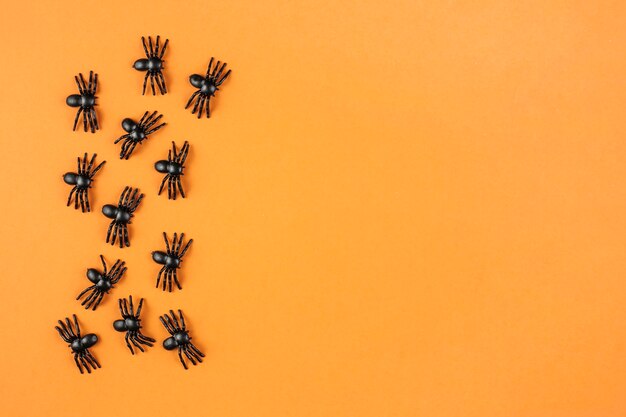

Bugs may be small, but their impact on ecosystems can be huge.
Did you know that insects make up the majority of all known species on Earth?
Bugs are nature’s recyclers, breaking down organic matter and returning nutrients to the soil.
Some bugs, like ants and bees, have complex social structures and live in colonies.
Insects have been around for millions of years and have adapted to almost every environment on Earth.
Did you know that dragonflies are incredibly skilled flyers, able to hover in mid-air and change direction instantly?
Butterflies are not just beautiful, they also serve as important pollinators for many plant species.
Termites are known for their construction skills and can build massive mounds that serve as ventilation systems.
Ladybugs are considered good luck in many cultures and are also valuable predators of agricultural pests.
Fireflies create their own light through a chemical reaction in their bodies, which they use for communication and mating.
Some beetles can emit a foul odor as a defense mechanism to deter predators.
The praying mantis is one of the few insects that can turn its head and look over its shoulder.
Bees are vital pollinators for many crops, contributing to the production of a third of the food we consume.
Fleas are incredible jumpers, capable of leaping up to 150 times their own body length.
Did you know that some bugs, like walking sticks, have evolved to mimic their environments to avoid predators?
The silk produced by spiders is stronger than steel of the same diameter.
Mosquitoes are infamous for their itchy bites, but only female mosquitoes feed on blood.
The buzzing sound of a mosquito is caused by the beating of their wings, which can reach up to 600 times per second.
Cicadas are known for their deafening noise, produced by males to attract females for mating.
Ants are incredibly strong for their size and are capable of carrying objects weighing up to 50 times their own body weight.
Did you know that some bugs, like the honeybee, can recognize human faces?
Certain species of beetles can produce toxic chemicals as a defense mechanism against predators.
Walking on water is no problem for some bugs, like water striders, thanks to tiny hairs on their legs.
Bed bugs have been around for thousands of years and can survive for months without feeding.
Wasps are skilled hunters and can paralyze their prey with a single sting.
Did you know that bees communicate by performing a unique dance that provides directions to sources of nectar?
Some bugs, like the bombardier beetle, can produce a chemical explosion as a defense mechanism.
Ticks are not insects, but arachnids, belonging to the same family as spiders.
The majority of beetles feed on plant material, making them important decomposers in ecosystems.
The average lifespan of a mosquito is only around two weeks.
Dragonflies have an amazing hunting ability, with a success rate of catching prey over 95% of the time.
Some bugs, like leafcutter ants, can cultivate their own gardens by growing fungus on the leaves they collect.
The distinctive click sound made by cockroaches comes from their ability to rapidly contract and expand their muscles.
Did you know that certain species of insects, like the stick insect, are capable of regenerating lost body parts?
Bed bugs are not attracted to dirt or filth; they are attracted to the heat and carbon dioxide emitted by humans.
Honeybees communicate the quality and location of food sources to other members of their hive through intricate dances.
The largest insects ever known to have existed were extinct dragonflies with wingspans of up to two and a half feet.
Some bugs, like the praying mantis, are equipped with powerful camouflage that allows them to blend perfectly into their surroundings.
Stick insects can vary greatly in size, with some species growing up to 13 inches long.
Cockroaches can survive without their heads for weeks, as they do not need their mouths to breathe.
Did you know that some bugs, like the dung beetle, rely on animal waste as their main source of food?
The iridescent colors seen on the wings of butterflies are not caused by pigments but by the way light reflects off their scales.
Bed bugs are excellent hitchhikers and can easily be transported through luggage and clothing.
Some species of bugs, like the bombardier beetle, have been studied for potential applications in chemistry and engineering.
Bugs may be small, but their incredible diversity and adaptations make them some of nature’s most fascinating creatures.
Around the world, coffee enthusiasts enjoy Monin coffee concentrate since it is a multipurpose product. Conveniently combining…
The Importance of Choosing the Right Shower for Your Bathroom Renovating your bathroom can be…
Usain Bolt holds the record for the fastest 100-meter sprint in history.Bolt was named Sportsman…
Love is in the air... and it smells suspiciously like chocolate!Roses are red, violets are…
Life's a beach, take a picture and relax.Sun, sand, and salty kisses. That's what beach…
Hungary is home to the largest thermal water cave system in the world.The Rubik's Cube…